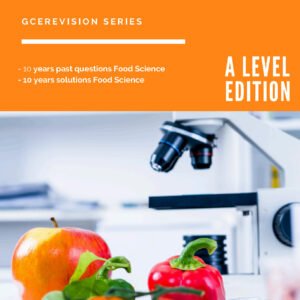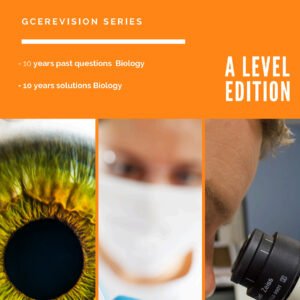This is necessary because enzyme secretion is energy consuming. If no control takes place, this energy will be a waste. The control is effected by some endocrine hormones, in each region of the alimentary canal. Control in the mouth
Two reflex actions cause the release of saliva; an unconditional (cranial) reflex and condition reflex. The unconditional reflex occurs when food is present in the moth, making contact with the taste buds of the tongue. This triggers impulse, which travel to the brain, and from there to the slavery glands, which are stimulated to produce saliva. The conditional reflexes stimulates saliva secretion through the thought, sight or smell of food.
Control in the Stomach
The secretion of gastric juice in three phases; the cephalic, the gastric and the intestinal phase, as shown below:

Fig phase of gastric secretion related to acid output
The cephalic :
phase is characterized by the secretion of HCl and pepsinogen. It is initiated by sight, smell or taste of food, through conditional and unconditional reflexes. It occurs before the food arrives the stomach, preparing it to receive the food. When this phase begins, a high concentration of HCL and pepsinogen is produced, and can remain so high for about an hour.
The gastric phase :
is charaterised by the secretion of gastrin.it occurs when food enters the stomach . though the distension(expansion) of the stomach wall , further reflexes are triggered, which release gastrin. Gastrin secretion is equally stimulated by the products of protein digestion e.g phenylthalanine.
The intestinal phase:
is rather stimulated from the small intestine. It occurs when acidic chyme enters the duodenum; and its effect on gastric secretion is inhibitory. This reduces the rate of release of chyme from the stomach to the duodenum. This is helpful, as it prevents the duodenum from being over loaded with food.
Control in the small intestine
When acidic chyme makes contact with the walls of the duodenum, it triggers the duodenal mucosa to secrete intestinal juice, together with two hormones: Cholecystokinin-pancreeozymin (cck-pz) and secretin. These hormones are conveyed to the pancreas in blood. CC-PZ is releases by the products of the digestion of fats and proteins in the duodenum and jejunum. It stimulates the flow of pancreatic juice rich in enzymes and hydrogen carbonates secretin stimulates the secretion of hydrogen carbonates.











